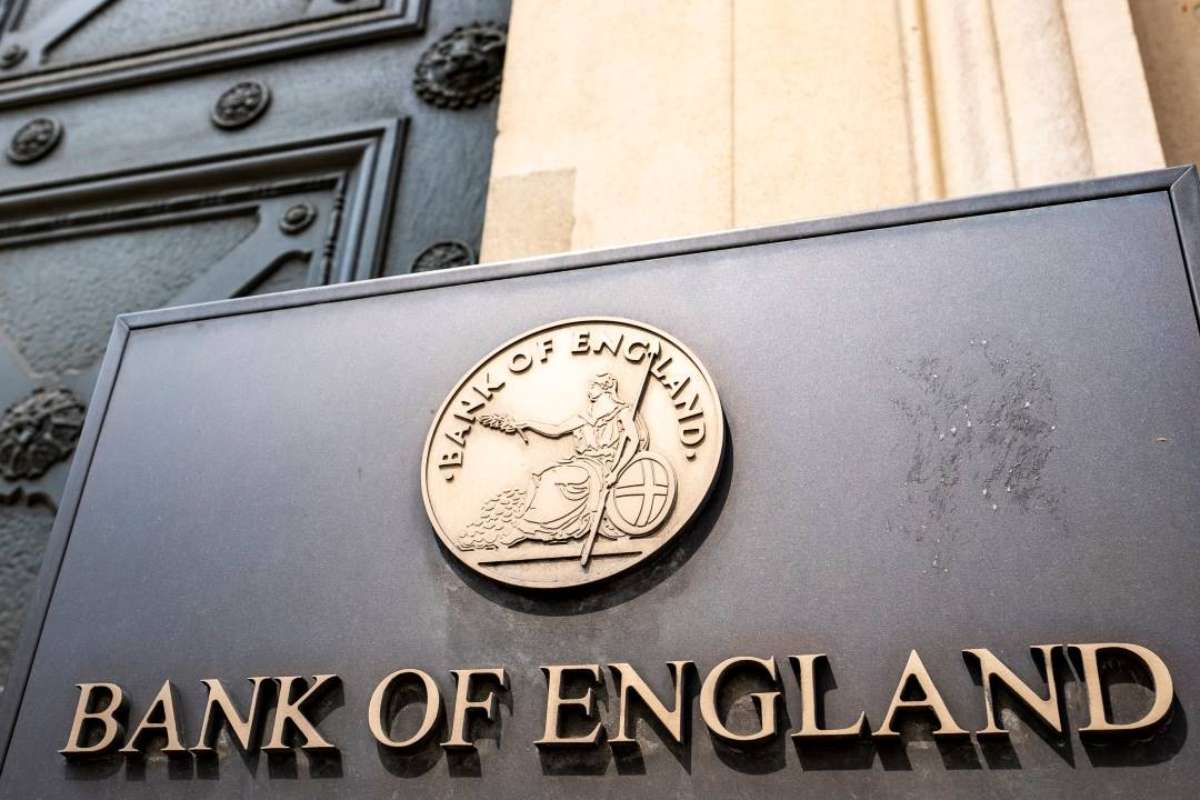Decision Day: Bank Rate Likely to Remain at 4.25%
The Bank of England is widely anticipated to maintain its current base interest rate at 4.25% during its next Monetary Policy Committee (MPC) announcement, scheduled for 12:00 BST. This follows a rate cut from 4.5% to 4.25% in May, marking the fourth such reduction within a year. Although the MPC had previously hinted at the possibility of further cuts, most analysts believe additional changes are unlikely to occur until later in the year. The benchmark interest rate serves as a crucial indicator for banks and lenders, impacting borrowing costs and savings returns across the country.
Despite ongoing speculation of a continued downward trajectory for rates, policymakers face complex economic headwinds. While some argue that lower interest rates could stimulate growth in an otherwise sluggish UK economy, inflation remains a major concern. In May, the economy contracted by 0.3%—a decline attributed to higher taxes on businesses, rising household bills, and falling exports to the US. However, the inflation rate stood at 3.4%, the highest it has been in over a year, largely driven by surging food prices.
Inflationary Pressures and Global Concerns Weigh on Committee
The MPC’s primary objective remains bringing inflation back to its 2% target, using interest rates as a tool to manage consumer demand. Yet, persistent inflation—coupled with signs of stagnant economic growth—poses a policy dilemma. Adding to the complexity are external pressures, including ongoing geopolitical tensions and trade policy developments.
Concerns about the conflict between Israel and Iran have reignited fears of a spike in global oil prices, which could further stoke inflation. At the same time, shifts in US tariff policy could impact UK trade and influence inflationary trends. According to Monica George Michail, associate economist at the National Institute of Economic and Social Research, inflation is likely to stay above 3% for the rest of the year, driven by wage growth and increased government spending. She predicts that the Bank of England will likely hold rates steady this week, with possibly only one additional rate cut before year-end.
What It Means for Borrowers and Savers
The Bank of England’s rate decisions directly affect the cost of borrowing and the return on savings for millions of consumers. Elevated rates have led to higher costs for mortgages and loans, though they have also benefitted savers. Fixed-rate mortgage deals, which cover over 80% of borrowers, have seen little fluctuation recently. Current average rates stand at 5.12% for a two-year fix and 5.10% for five years, according to Moneyfacts.
For roughly 600,000 homeowners with tracker mortgages tied to the Bank rate, any future cuts would lead to immediate relief in monthly repayments. However, until inflation shows clearer signs of easing, most experts agree that significant changes in interest rates are unlikely in the short term. The Bank’s cautious approach reflects a balancing act between controlling inflation and supporting a fragile economic recovery.
Visit Visionary CIOs for most recent information.











